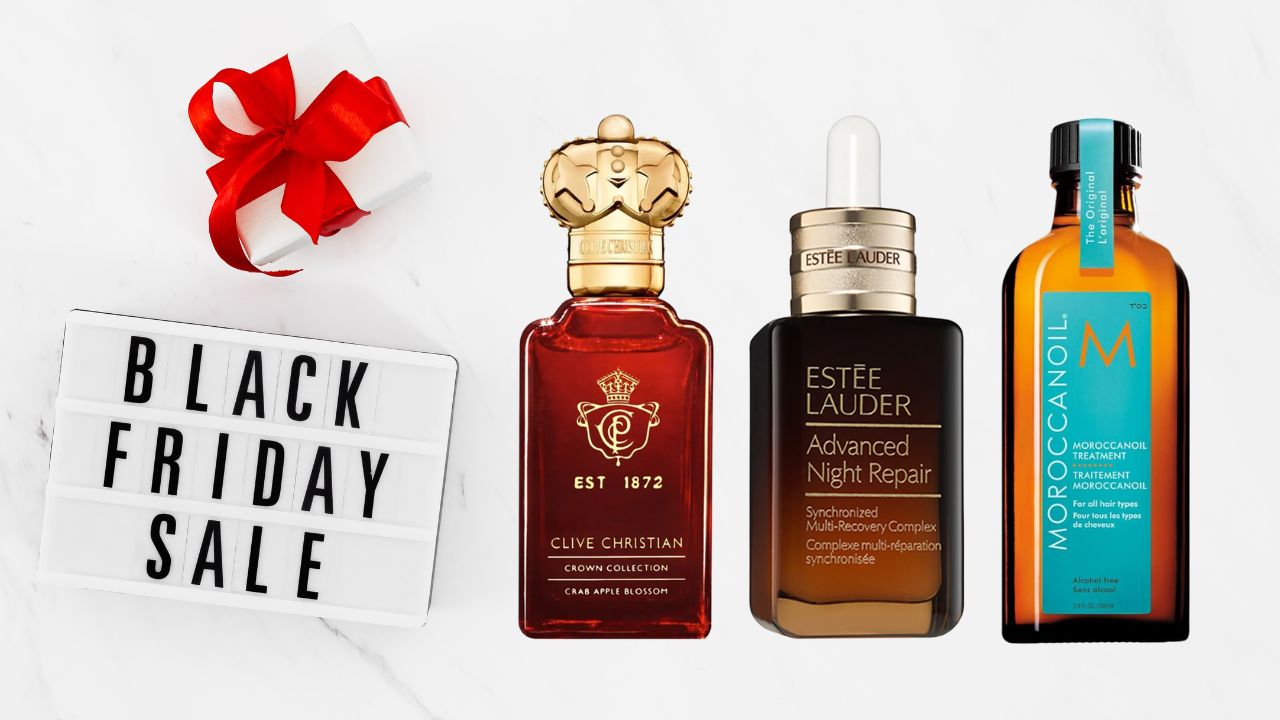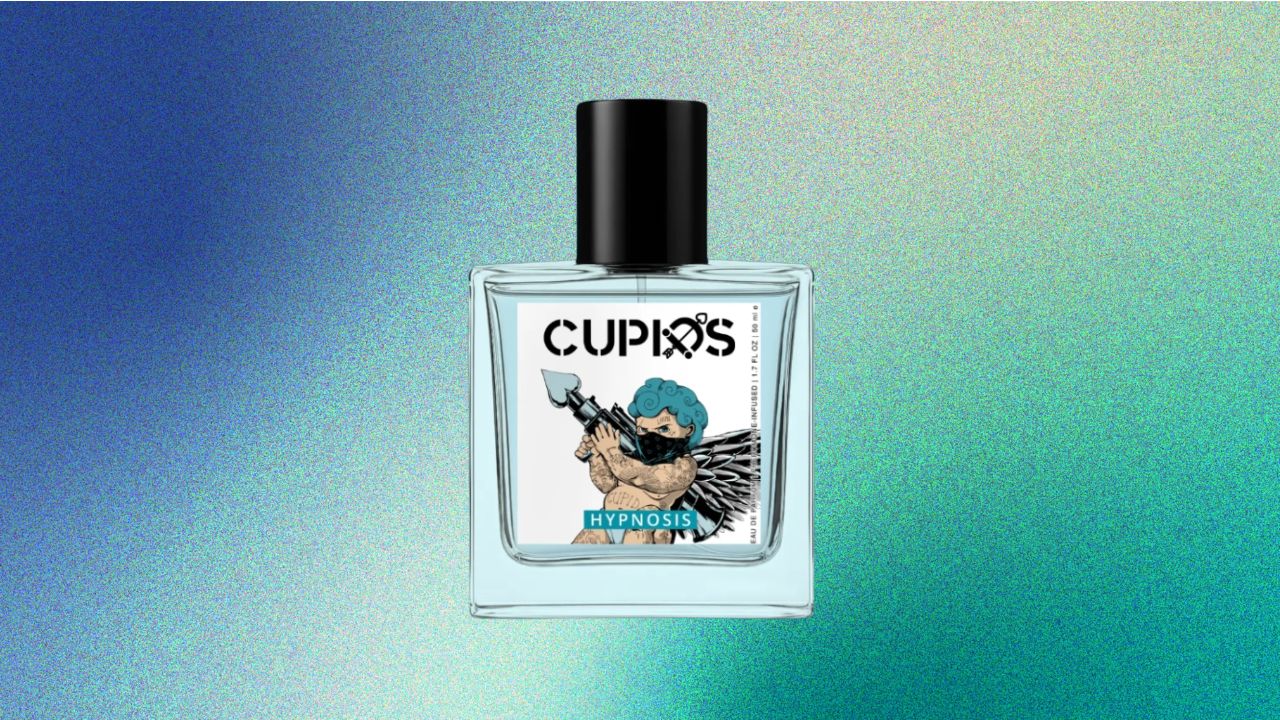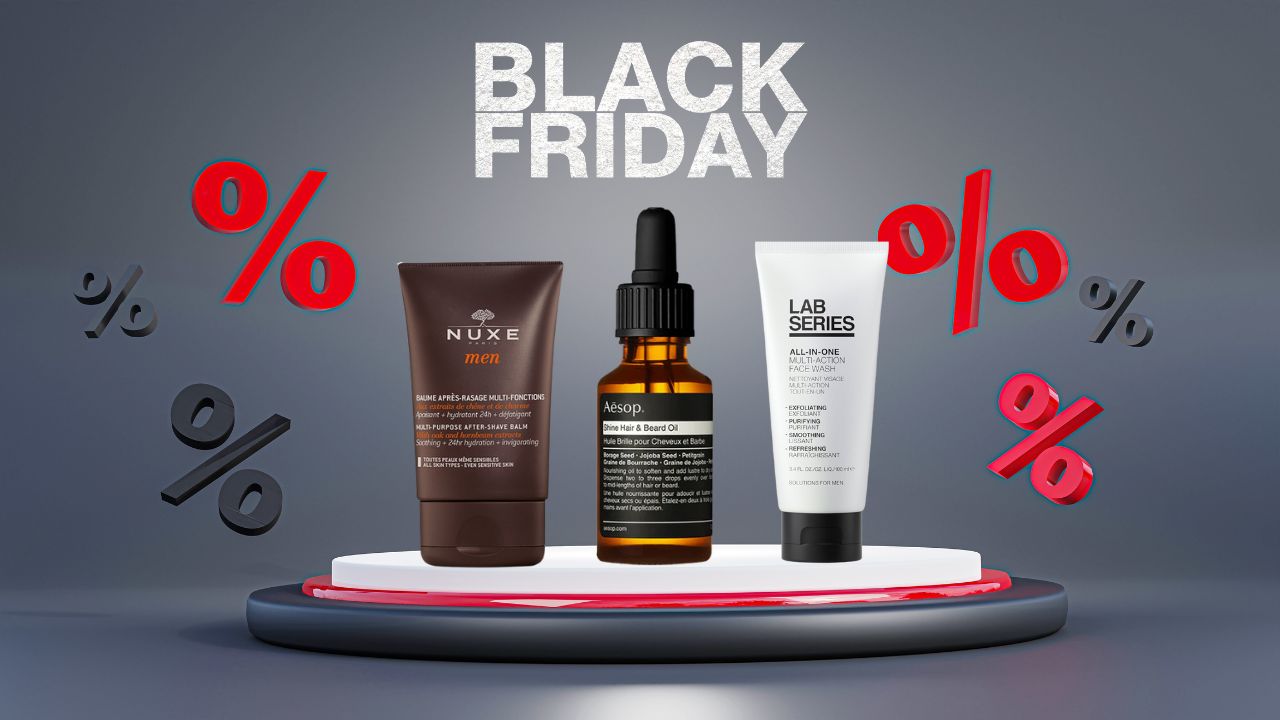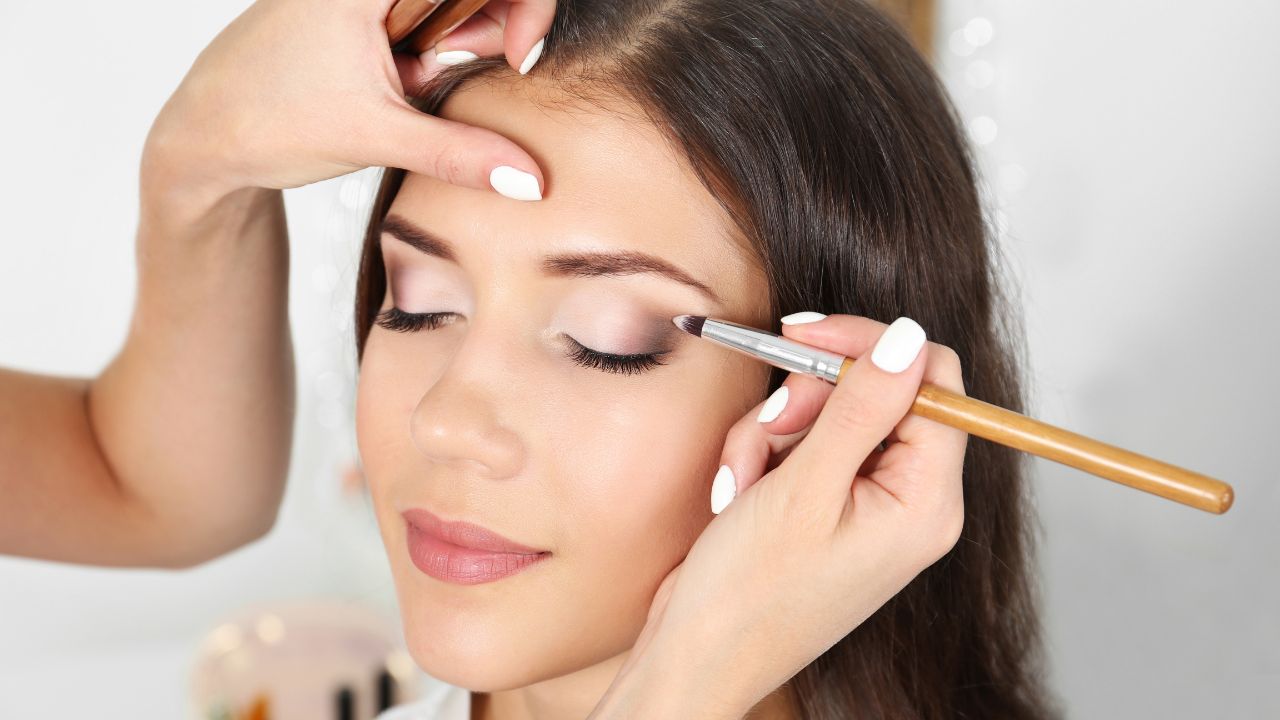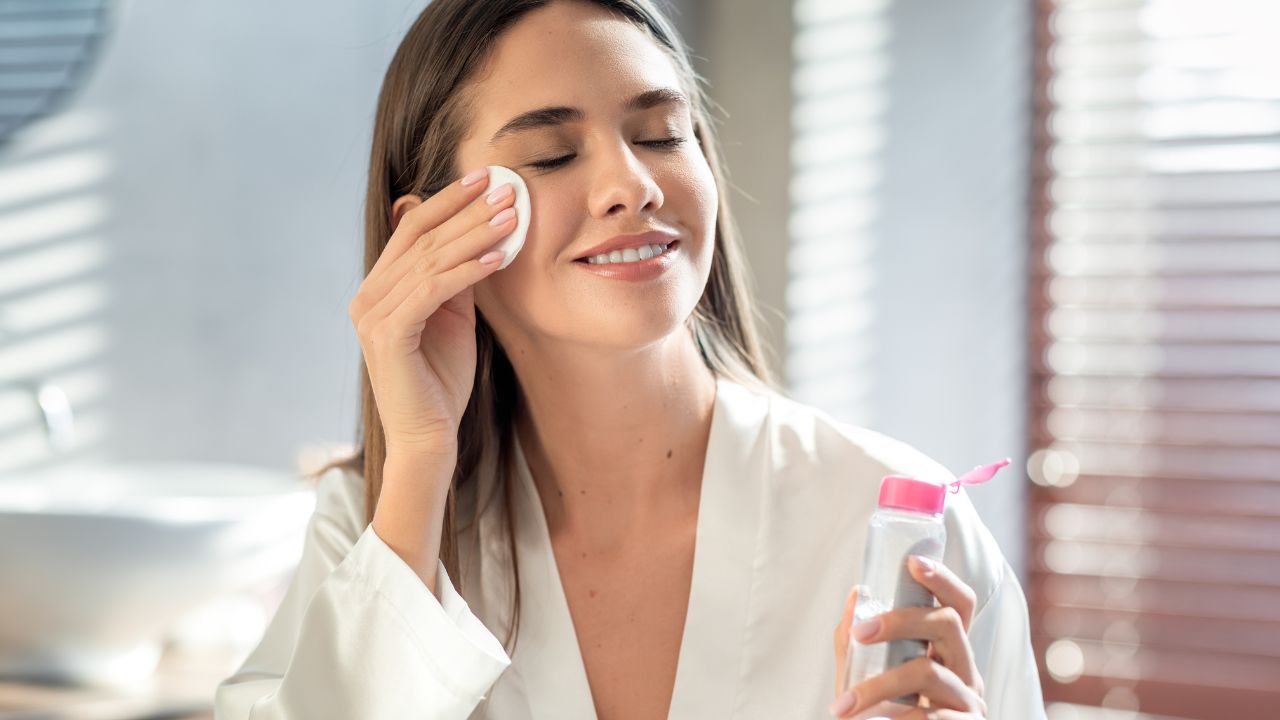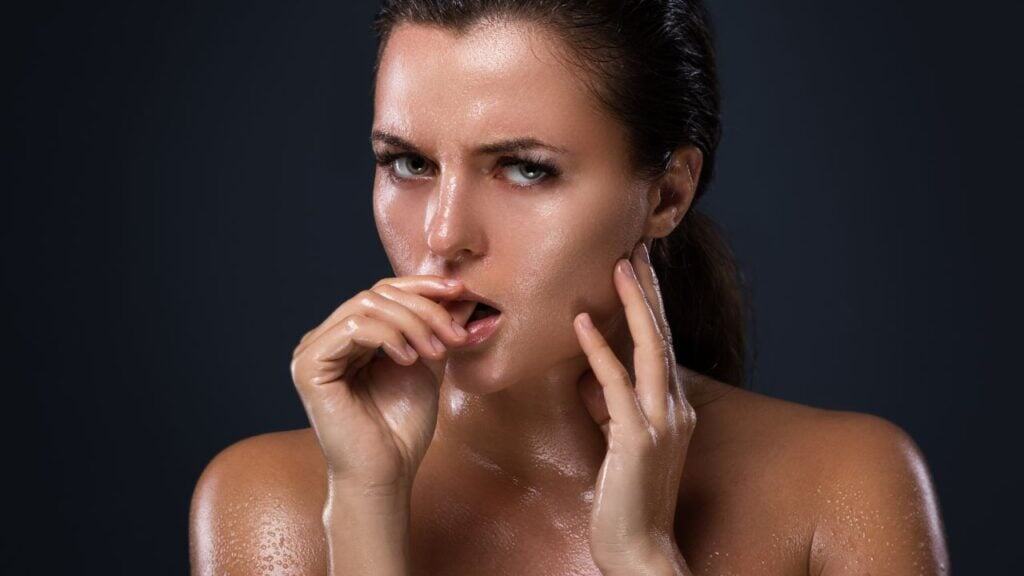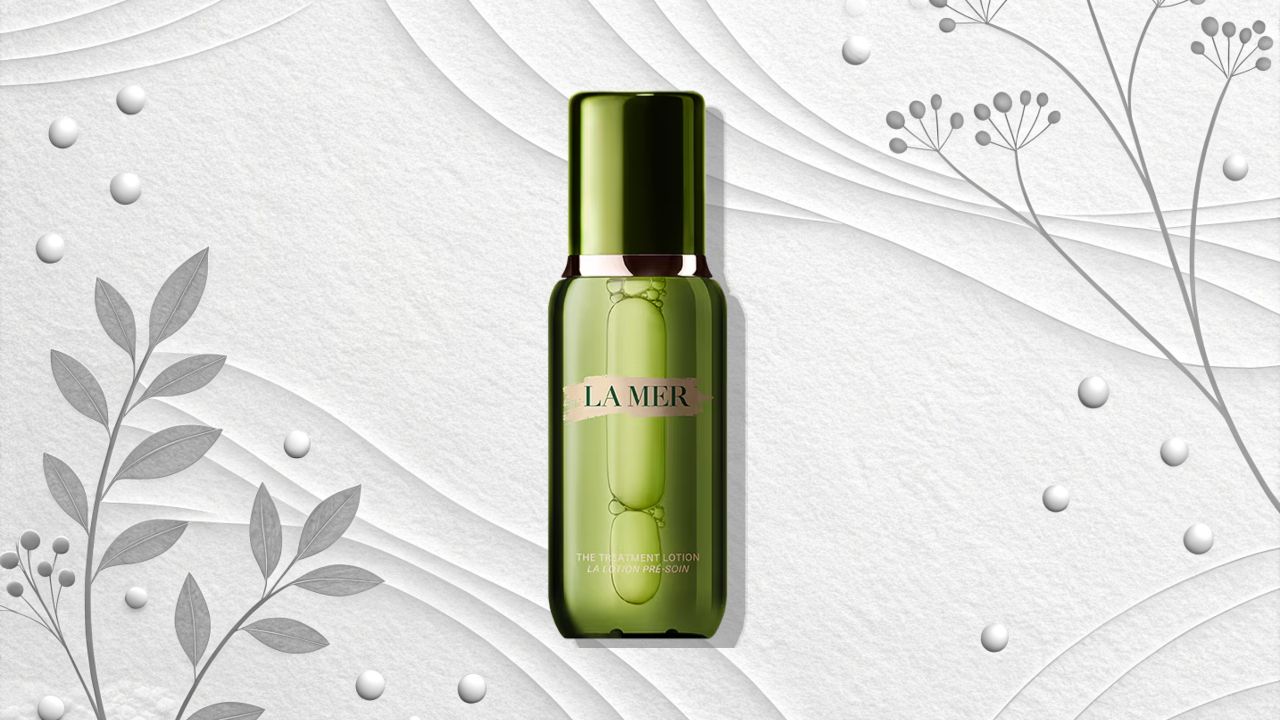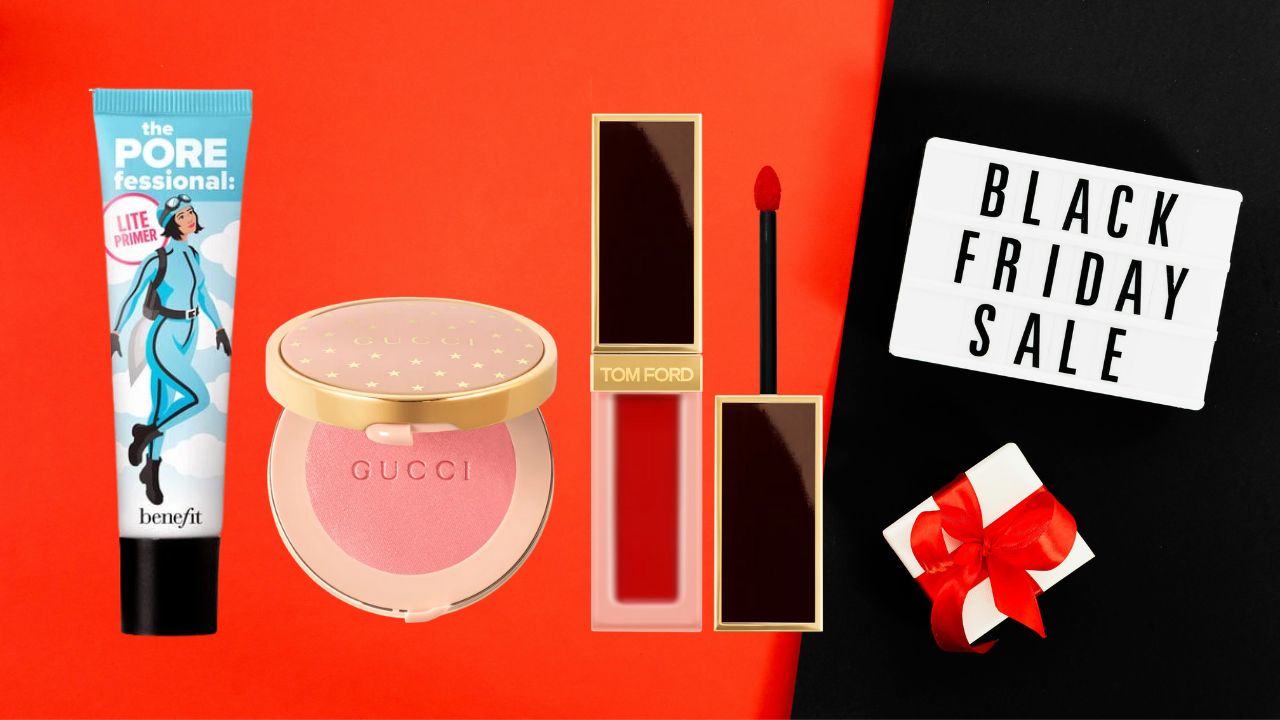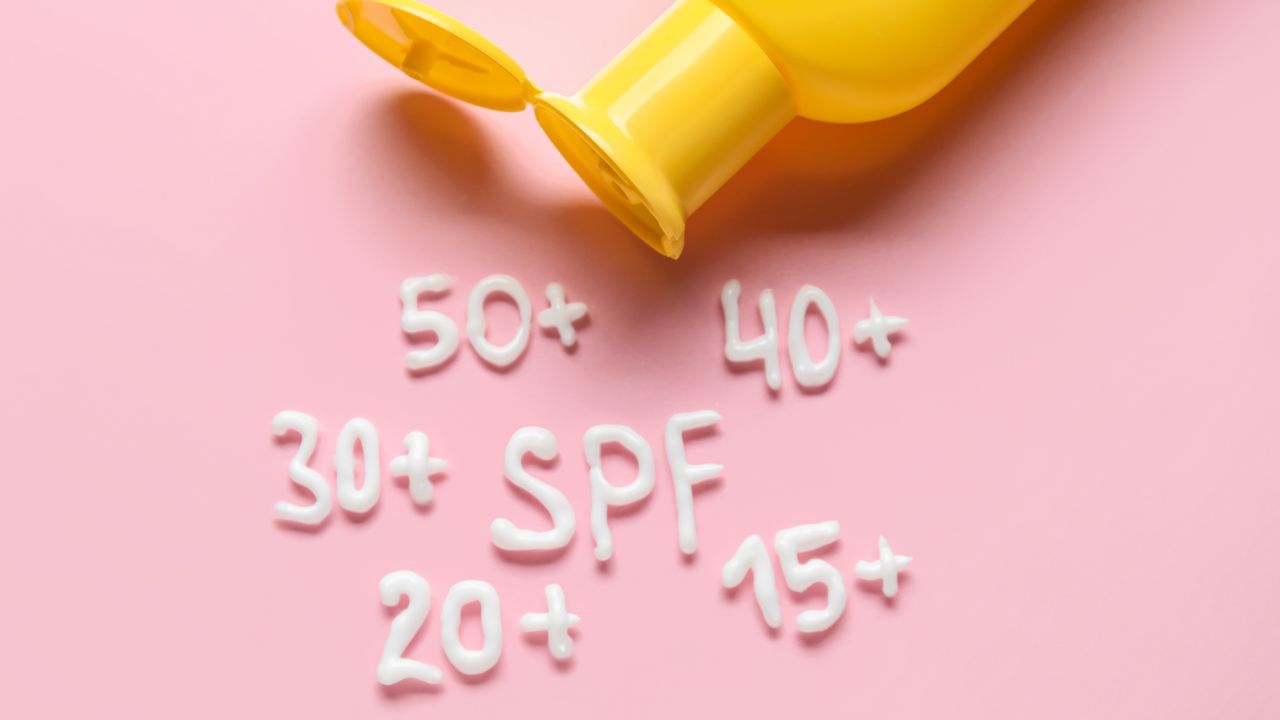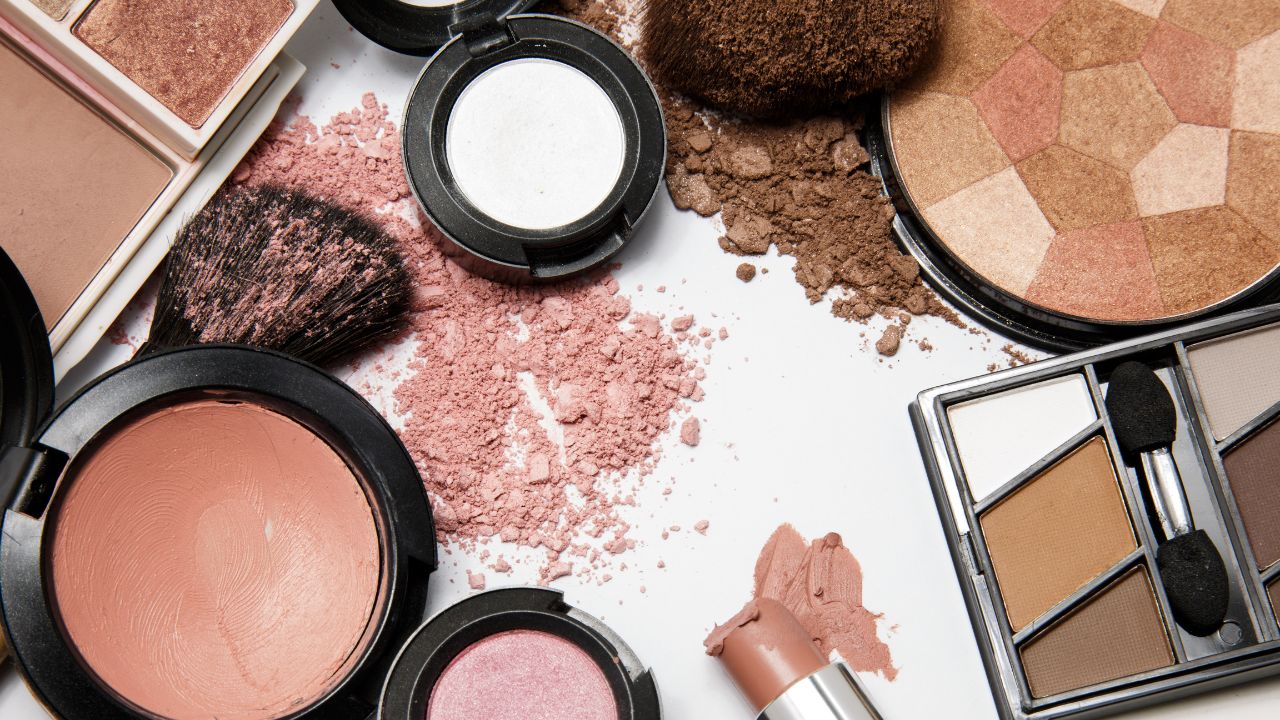Blog
Home / How To Choose A Perfume: Your Shopping Guide! / How to Refill Perfume Bottle: Complete Step-by-Step Guide
Categories
Recent Posts
- Luxury Beauty Gifts to Grab on Black Friday 2025: The Ultimate Guide to Premium Beauty Deals
- Which Day Has the Best Beauty Deals? Your Complete Guide to Shopping Smart in 2025
- Cupids Cologne Review: Does This Pheromone Fragrance Really Work? An Honest 30-Day Test
- Black Friday Aftershave Deals & Buying Guide 2025: Expert Tips for Smart Shopping
- How to Wear Red Lipstick: Expert Tips for Perfect Application and Long-Lasting Wear
How to Refill Perfume Bottle: Complete Step-by-Step Guide
0
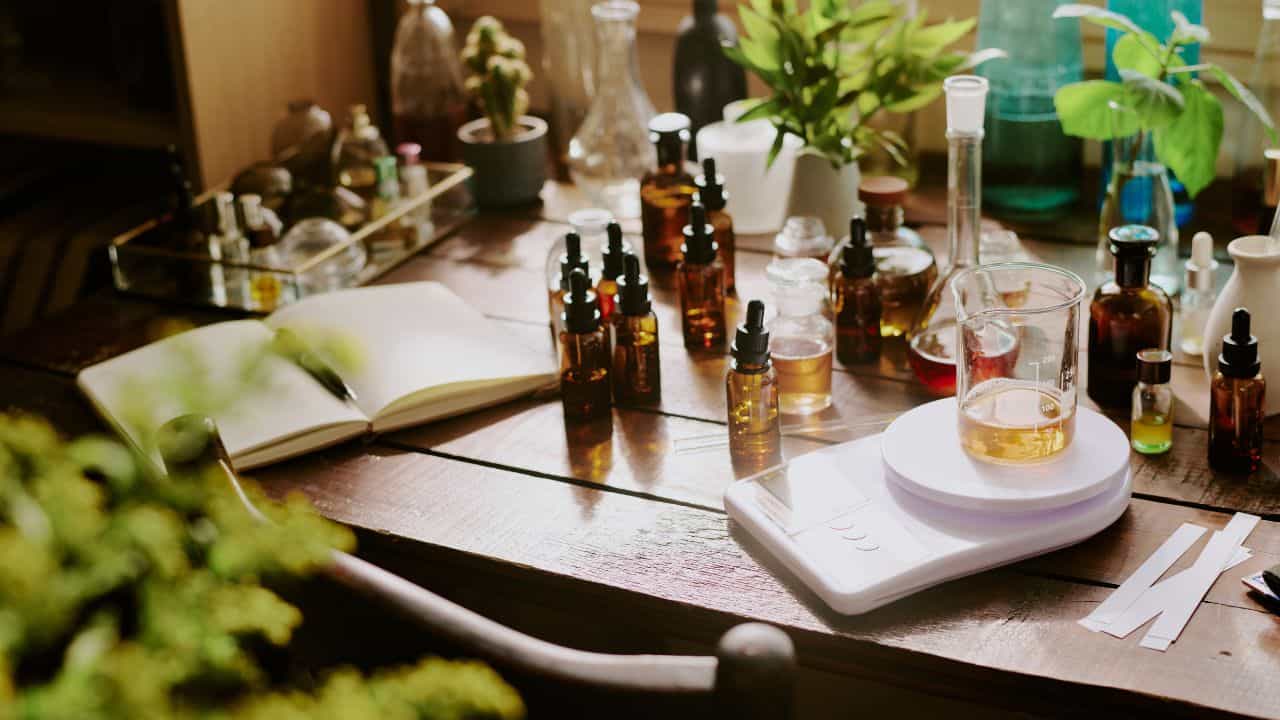
Learning how to refill perfume bottle correctly can save you money, reduce waste, and keep your favorite fragrances portable for any occasion. Whether you want to transfer expensive perfume into a travel-friendly atomizer or preserve the last drops of a discontinued scent, mastering perfume bottle refill techniques ensures you never waste a single precious drop.
This comprehensive guide covers multiple perfume transfer methods, from simple direct transfers to professional-grade techniques used by fragrance experts. You’ll discover the safest ways to refill perfume atomizer bottles, avoid common mistakes that lead to spills and contamination, and learn professional tips for maintaining your refillable containers.
Refillable perfume bottles offer incredible versatility for fragrance enthusiasts who want to carry multiple scents, create custom sample sets, or simply make their favorite perfumes more travel-friendly. By the end of this guide, you’ll have the confidence to transfer any fragrance safely and efficiently.
Why Refill Perfume Bottles?
Before diving into the technical aspects, it’s important to understand why perfume bottle refilling has become such a popular practice among fragrance enthusiasts. The benefits extend far beyond simple convenience, offering compelling reasons that justify the small effort required to master these techniques. The advantages extend far beyond simple convenience, offering financial, environmental, and practical benefits.
Cost savings represent the most immediate benefit. Niche fragrances can cost $100-300+ per bottle, making every drop valuable. When you can transfer perfume efficiently without waste, you maximize your investment and avoid the heartbreak of accidentally spilling expensive fragrances.
Environmental consciousness drives many fragrance lovers toward refillable solutions. Instead of discarding beautiful perfume bottles or purchasing multiple travel-size versions, refilling reduces packaging waste and supports sustainable consumption habits that benefit both your wallet and the planet.
Travel convenience cannot be overstated. TSA regulations limit liquid containers to 3.4 ounces, but most luxury perfumes come in larger bottles. Learning how to refill travel perfume bottle containers ensures you can bring your signature scent anywhere without risking confiscation or carrying bulky original bottles.
Fragrance experimentation becomes more accessible when you can create small samples from full-size bottles. This allows you to test how fragrances perform in different climates, share favorites with friends, or build a curated collection of travel-ready scents for different occasions.
Preserving discontinued fragrances represents perhaps the most emotionally valuable reason to master refilling techniques. When beloved scents are discontinued, every drop becomes precious. Proper transfer techniques help preserve these irreplaceable fragrances for years to come.
Tools and Materials Needed
Now that you understand the compelling reasons to refill perfume bottles, let’s explore the essential equipment that makes successful transfers possible. Having the right tools makes the difference between frustrating, wasteful attempts and smooth, professional results. Investing in quality refill supplies pays dividends in reduced spillage and better results.
Essential Tools for Basic Refilling
- Perfume transfer pump – The most efficient tool for moving fragrance between bottles. Quality pumps create airtight seals that prevent spillage and contamination while allowing precise control over transfer amounts. Look for pumps with universal adapters that fit most bottle types.
- Small funnels – Essential for perfume transfer methods that involve pouring. Choose funnels with narrow necks that fit standard atomizer openings. Stainless steel or glass funnels work best, as plastic can absorb fragrance oils and affect future transfers.
- Syringes without needles – Provide the most precise control for small transfers. 5-10ml syringes work well for most applications and allow measurement of exact amounts. Ensure syringes are clean and dedicated solely to fragrance use.
- Clean cloths and tissues – Prevent waste by catching drips and cleaning surfaces. Use lint-free materials that won’t leave residue on bottles or tools.
Optional Professional Tools
- Perfume decanting pumps – Professional-grade tools that create perfect seals and allow continuous pumping without air introduction. These represent the gold standard for serious collectors.
- Atomizer refill adapters – Specialized connectors that fit specific bottle types and create secure connections for efficient transfers.
- Digital scale – For precise measurements when creating specific quantities or calculating transfer amounts.
Step-by-Step Refilling Methods
With your tools assembled and containers selected, it’s time to master the actual transfer techniques. Each method below offers specific advantages depending on your equipment, bottle types, and precision requirements. We’ll start with the most professional approach and work toward simpler alternatives. Each method offers specific advantages depending on your tools, bottle types, and precision requirements.
Method 1: Pump Transfer System
The pump transfer method represents the most professional approach to transferring perfume to atomizer bottles. This technique minimizes waste, prevents contamination, and works efficiently for most bottle combinations.
Step 1: Prepare Your Workspace
Choose a clean, well-lit area away from direct sunlight and heat sources. Lay out clean towels to protect surfaces and catch any accidental drips. Ensure both source and destination bottles are clean and at room temperature.
Step 2: Install The Transfer Pump
Remove the spray top from your source perfume bottle by grasping firmly and pulling straight up. Most caps lift off easily, but some may require gentle rocking motions. Install your transfer pump by pressing down firmly until it creates an airtight seal.
Step 3: Connect The Destination Bottle
Attach the pump’s output tube to your empty atomizer bottle. Quality pumps include various adapters to ensure proper fit. Create a secure connection that prevents air leaks during transfer.
Step 4: Begin Pumping
Start with gentle pumps to prime the system and check for leaks. Once fragrance begins flowing, maintain steady, consistent pumping until you reach your desired fill level. Most travel atomizers hold 5-15ml of fragrance.
Step 5: Complete The Transfer
Remove the pump system carefully, allowing any remaining fragrance in the tubes to flow into the destination bottle. Replace the original spray cap on your source bottle and install the atomizer top on your newly filled container.
Method 2: Funnel Method
While the pump method works excellently for most situations, sometimes you need even more precision or don’t have access to specialized equipment. The funnel method provides an excellent alternative that offers maximum control, making it particularly effective for transferring between similar bottle types. This technique is particularly effective for transferring between similar bottle types.
Step 1: Prepare The Funnel System
Select a funnel with an opening that fits your destination bottle comfortably. Clean the funnel thoroughly with alcohol and allow it to dry completely to prevent contamination.
Step 2: Position Bottles Carefully
Place your destination bottle on a stable surface and insert the funnel securely. Hold your source bottle at a slight angle to control pour speed and prevent overflow.
Step 3: Control The Pour
Begin pouring slowly, allowing fragrance to flow steadily without overwhelming the funnel capacity. The key to success lies in maintaining a consistent, controlled flow that prevents splashing or overflow.
Step 4: Monitor Fill Levels
Watch the destination bottle carefully to avoid overfilling. Leave appropriate headspace (typically 10-15% of bottle capacity) to allow for expansion and proper atomizer function.
Step 5: Clean Up Immediately
Remove the funnel promptly and clean all tools with alcohol to prevent cross-contamination between different fragrances.
Method 3: Direct Spray Transfer
When you find yourself without pumps or funnels—perhaps while traveling or in an emergency situation—direct spray transfer offers a practical solution. While this method is less precise than the previous techniques, it can be surprisingly effective when executed carefully. While less precise than pump methods, this technique works well in emergency situations.
Step 1: Remove Atomizer Tops
Carefully remove the spray mechanisms from both bottles. Some atomizers require gentle wiggling or unscrewing, while others lift off directly.
Step 2: Create A Seal
Position the bottles opening-to-opening and press together firmly to create a temporary seal. This prevents spillage during the transfer process.
Step 3: Invert And Transfer
Quickly flip both bottles so the source bottle is on top, allowing gravity to transfer fragrance into the destination container. Control the flow by adjusting the pressure between bottle openings.
Step 4: Monitor Progress
Check transfer progress frequently to prevent overflow. This method requires more attention than pump transfers but can be effective for small amounts.
Step 5: Secure And Test
Replace both atomizer tops and test the newly filled bottle to ensure proper spray function and seal integrity.
Different Types of Perfume Bottles
Having mastered the core transfer techniques, it’s crucial to understand how different bottle designs affect your approach. Not all perfume bottles are created equal, and recognizing these variations helps you choose the most appropriate refilling method and avoid potential complications. Different designs require specific approaches to ensure successful transfers without damage.
Atomizer Bottles
Success with using atomizer bottles depends on understanding their construction and optimal filling techniques. These bottles represent the most common destination for fragrance transfers.
- Standard twist-off atomizers – feature removable spray mechanisms that lift or twist off easily. These bottles work well with all transfer methods and typically hold 5-15ml of fragrance. The key to success lies in ensuring clean threads and proper seal replacement.
- Press-fit atomizers – use spring-loaded mechanisms that press into bottle necks. These require gentle, straight pulling motions to remove and careful alignment during replacement.
- Pump atomizers – incorporate built-in pumping mechanisms that draw fragrance from bottle bottoms. These designs typically require funnel methods since the internal tube must remain unobstructed during filling.
- Glass atomizers – offer the best fragrance preservation but require gentle handling to prevent breakage. Use steady, controlled movements and avoid temperature shock that could cause cracking.
Travel Bottles
Perfume bottle designs specifically created for travel require understanding TSA regulations and size limitations. Travel bottles must balance capacity with portability while maintaining spray quality.
TSA-compliant sizes must not exceed 3.4 ounces (100ml) for carry-on luggage. Most travel atomizers range from 5-30ml, well within regulations, while providing adequate fragrance for extended trips. Leak-proof designs also feature enhanced sealing mechanisms that prevent accidental discharge during transport. Look for bottles with locking mechanisms or protective caps that prevent spray activation.
Plus, refillable travel sets often include multiple small bottles that allow carrying several fragrances simultaneously. These systems typically use universal filling tools that work with various bottle types.
Spray Bottles
Traditional spray bottles require specific techniques for successful refilling, particularly when dealing with non-removable spray mechanisms or unusual bottle shapes.
- Non-removable sprayers – present the greatest challenge since direct access to bottle interiors isn’t possible. These situations require specialized adapters or professional-grade transfer equipment.
- Vintage bottles – may have unique spray mechanisms or fragile components that require extra care during handling. Research specific bottle types before attempting transfers to avoid damage.
- Designer bottles – often feature complex shapes or decorative elements that complicate refilling. These bottles may require professional services or specialized tools to avoid damage.
Troubleshooting Common Problems
Even with proper preparation and technique, refilling operations don’t always go smoothly. Understanding how to handle common challenges separates successful fragrance enthusiasts from those who give up after their first setback. Let’s explore the most frequent issues and their practical solutions. Understanding common problems and their solutions ensures successful transfers regardless of unexpected challenges.
Perfume Bottle Won’t Open
Stuck spray caps represent the most common refilling obstacle. Over time, fragrance residue can create sealed connections that resist normal removal attempts. Here’s how to solve them:
- Gentle heat application – can help loosen stuck caps. Run warm (not hot) water over the bottle neck for 30-60 seconds, then attempt removal with steady, straight pressure. Avoid excessive heat that could affect fragrance quality.
- Rubber grip pads – provide additional leverage for stubborn caps without risking bottle damage. Jar openers or rubber gloves can provide necessary grip improvement for difficult removals.
- Penetrating oils – like WD-40 can help extremely stubborn caps, but must be cleaned thoroughly afterward to prevent contamination. Apply sparingly around the cap base and allow time for penetration before removal attempts.
Atomizer Refill Problems
Clogged spray mechanisms prevent proper atomizer function after refilling. Fragrance residue or particles can block internal passages and affect spray quality. Here’s how to solve them:
- Cleaning solutions – specifically designed for atomizers can restore proper function. Rinse mechanisms with high-proof alcohol or specialized cleaning products before refilling.
- Pump priming – may be necessary after refilling to restore proper spray function. Pump the mechanism several times to remove air bubbles and establish proper flow.
- Replacement parts – may be necessary for heavily damaged or worn atomizers. Many suppliers offer replacement spray mechanisms for popular bottle types.
Safety Tips and Best Practices
While troubleshooting helps you handle problems after they occur, prevention remains the best strategy. Working safely with concentrated fragrances requires attention to specific considerations that protect both your health and your valuable perfumes. These professional practices ensure successful outcomes every time. Following professional practices ensures successful outcomes without health risks.
Ventilation requirements cannot be overlooked when working with concentrated fragrances. Many perfumes contain high alcohol concentrations that require adequate air circulation to prevent accumulation of vapors. Work in well-ventilated areas away from heat sources, open flames, or electrical equipment that could create ignition sources. Professional perfumers use fume hoods, but good room ventilation suffices for home refilling activities.
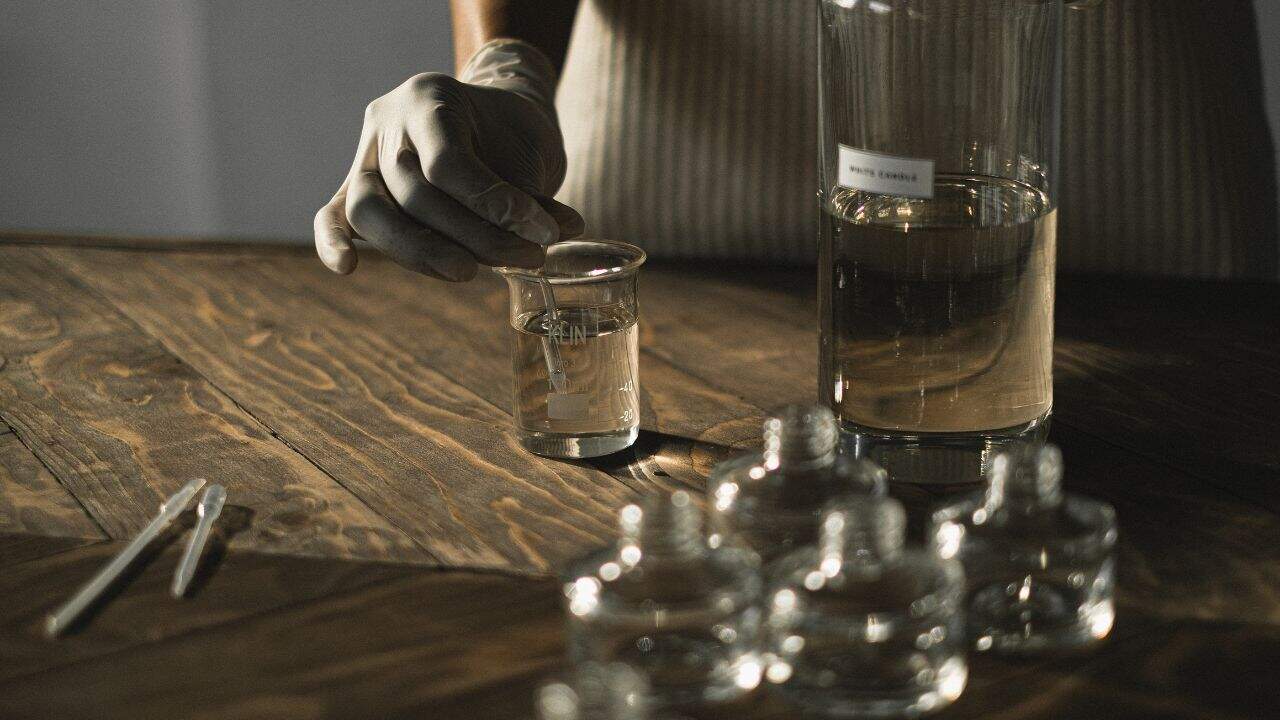
Skin contact prevention protects against allergic reactions and sensitivity development. Concentrated fragrances can cause reactions even in individuals who tolerate normal application levels. Wear nitrile gloves when handling open fragrance containers or cleaning equipment. These gloves resist oil penetration better than latex alternatives and don’t absorb fragrances that could cause cross-contamination.
Eye protection becomes important when working with pumps or sprays that could cause accidental contact. Safety glasses aren’t always necessary, but awareness of splash risks prevents accidents.
Chemical compatibility concerns arise when mixing different fragrances or using inappropriate cleaning materials. Never mix different fragrances in the same container without understanding potential reactions. Clean all equipment thoroughly between different fragrance types to prevent contamination that could affect scent profiles or cause unpleasant reactions.
Storage considerations for both filled containers and refilling supplies require attention to temperature, light exposure, and contamination prevention. Store filled atomizers away from direct sunlight and extreme temperatures that could affect fragrance quality or container integrity. Glass containers offer better protection than plastic alternatives.
Maintenance and Cleaning
Safety practices lay the foundation for successful refilling, but long-term success depends on maintaining your equipment properly. Regular maintenance ensures consistent performance and prevents the frustrating contamination issues that can ruin expensive fragrances. Plus, regular cleaning schedules preserve both tools and fragrances.
- Equipment cleaning protocols – should be established based on usage frequency and fragrance types. Equipment used with multiple fragrances requires more frequent cleaning than dedicated single-fragrance tools.
- Alcohol-based cleaning – works well for most perfume residues and evaporates cleanly without leaving harmful residues. Use high-proof isopropyl alcohol (90%+) for best results.
- Ultrasonic cleaners – provide thorough cleaning for small parts like atomizer mechanisms and transfer pump components. These devices remove residues that manual cleaning might miss.
- Air drying – prevents water spotting and ensures complete solvent evaporation before storage. Allow all components to dry completely before reassembly or storage.
- Storage organization – keeps equipment clean and readily available for future use. Dedicated storage containers prevent contamination and damage during storage periods.
- Replacement schedules – for consumable items like seals, gaskets, and filters ensure continued performance. Inspect components regularly and replace worn items before they cause transfer problems.
Seasonal and Travel Considerations
Practical considerations like seasons and travel requirements affect every fragrance enthusiast. Understanding how environmental factors impact your refilling strategy helps optimize results throughout the year and in various locations. Understanding these variations helps optimize your refilling strategy.
- Summer considerations – include increased evaporation rates and temperature sensitivity. Hot weather requires more careful storage and may necessitate more frequent refills.
- Winter challenges – involve static electricity and cold temperatures that can affect spray mechanisms. Allow bottles to reach room temperature before refilling in cold climates.
- Humidity effects – impact both fragrance quality and spray mechanism performance. High-humidity areas may require additional moisture protection.
- Altitude considerations – affect spray mechanisms and container pressure. High-altitude locations may require pressure adjustments or specialized containers.
Your Fragrance Refilling Success Guide
Remember that successful perfume bottle refill operations depend on quality tools, proper technique, and attention to safety considerations. Start with simple transfers to build confidence before attempting more complex procedures with expensive fragrances.
While refilling your favorite perfumes can be a rewarding way to extend your collection and create travel-friendly options, we understand it’s not for everyone. The process requires specific tools, techniques, and time that busy fragrance lovers might not have.
Skip the refilling hassle with ready-to-use authentic designer testers from Beautinow – your complete source for premium fragrances that are already perfectly portioned and ready to enjoy.
Why choose Beautinow testers instead of refilling:
- No equipment needed – just spray and enjoy
- Authentic designer fragrances at fraction of retail price
- Same high-quality formulations as full-priced bottles
- Perfect travel sizes without the refilling process
- Zero risk of spills, waste, or contamination
Get instant fragrance satisfaction:
- Popular designer scents at up to 70% off retail
- Various sizes perfect for travel, office, or everyday use
- Fresh inventory updated regularly with trending fragrances
- Hard-to-find discontinued scents you can’t refill elsewhere
- 30-day satisfaction guarantee – no refilling regrets
Why spend time and money on refilling supplies when you can get authentic designer fragrances ready to wear? Skip the DIY process and enjoy luxury scents immediately at prices that make building your dream collection effortless.
Frequently Asked Questions
Q: How often should I refill my travel atomizer?
A: Refill frequency depends on usage patterns and container size. Most 10ml travel atomizers provide 2-4 weeks of daily use. Monitor levels regularly and refill before complete depletion to maintain consistent availability.
Q: Can I mix different fragrances in the same bottle?
A: Avoid mixing different fragrances unless you’re deliberately creating custom blends. Residual scents can affect new fragrances and create unpleasant combinations. Clean containers thoroughly between different fragrances.
Q: What’s the best way to clean atomizer bottles?
A: Rinse with high-proof alcohol, shake vigorously, and allow to air dry completely. For stubborn residues, use warm alcohol and repeat the process. Ultrasonic cleaners provide thorough cleaning for detailed components.
Related posts
Luxury Beauty Gifts to Grab on Black Friday 2025: The Ultimate Guide to Premium Beauty Deals
Black Friday 2025 is your golden opportunity to invest in luxury beauty products that rarely see discounts throughout the year. From pr...
Which Day Has the Best Beauty Deals? Your Complete Guide to Shopping Smart in 2025
Every beauty enthusiast faces the same dilemma: when should I buy beauty products to get the absolute best beauty deals without sacrifi...
Cupids Cologne Review: Does This Pheromone Fragrance Really Work? An Honest 30-Day Test
The world of pheromone colognes has exploded in recent years, with countless brands promising everything from instant attraction to mag...
Black Friday Aftershave Deals & Buying Guide 2025: Expert Tips for Smart Shopping
Black Friday 2025 presents the perfect opportunity to upgrade your post-shave skincare routine without breaking the bank. Whether you'r...
How to Wear Red Lipstick: Expert Tips for Perfect Application and Long-Lasting Wear
Nothing makes a statement quite like a bold red lip. It’s the ultimate power move—elegant, timeless, and undeniably captivating. Red lipstick has historically been a symbol of courage and defiance, empowering wearers through generations. But let’s be honest, wearing red lipstick can feel genuinely intimidating. What if it smudges? What if it bleeds? What if you choose the wrong shade for your complexion?
How to Do Eye Makeup Like a Pro: Step-by-Step Guide for Smokey Eyes, Big Eyes & More
This beginner-friendly guide will walk you through every step—from choosing the right brushes to perfecting your crease and liner. No jargon, no pressure—just clear, practical tips that help you create looks that highlight your eyes and express your style.
How to Use Toner: A Step-by-Step Guide for Flawless Skin
In this expert-backed guide, we’ll show you exactly how to use toner the right way, ensuring you get maximum skin benefits while avoiding common mistakes. Let’s dive in!
Essential Body Care Routine for Oily Skin: 7 Smart Steps for a Balanced, Happy Glow
With the right body care routine, tailored specifically for oily skin, you can find that perfect sweet spot between a healthy glow and unwanted greasiness. And no, you don’t need a crazy 12-step ritual or a celebrity facialist. Just a few smart product swaps, some know-how about ingredients, and a little consistency.
La Mer The Treatment Lotion: How to Use It to Soothe Sensitivity and Redness
Let’s talk about La Mer The Treatment Lotion—what it is, how to use it, and how it fits into a full La Mer ritual that helps reduce redness, restore hydration, and calm sensitivity like a pro.
The Best Makeup Products to Invest In During Black Friday 2025: Investment Pieces Worth Every Penny
Black Friday 2025 is coming November 28th, and if you're a beauty enthusiast looking to upgrade your makeup collection without breaking...
Understanding SPF: How to Choose the Best Protection for Your Skin
The undeniable truth is, UV damage affects everyone—regardless of skin tone, prevailing season, or whether you’re spending your entire day indoors or outside. If you’re unsure which SPF you should be consistently using or precisely how often to reapply it, you are certainly not alone. Let’s systematically break down all these essential aspects so you can confidently safeguard your delicate skin every single day.
Makeup Essentials: Must-Have Products for Every Beauty Routine
Whether you’re a complete beginner or seeking to streamline your current collection, this definitive guide deconstructs the indispensable products for a well-rounded, everyday cosmetic regimen. No gimmicks, no excess—just practical, proven selections that elevate your look without cluttering your vanity. This article aims to empower you to create a core, versatile kit.
Comments


